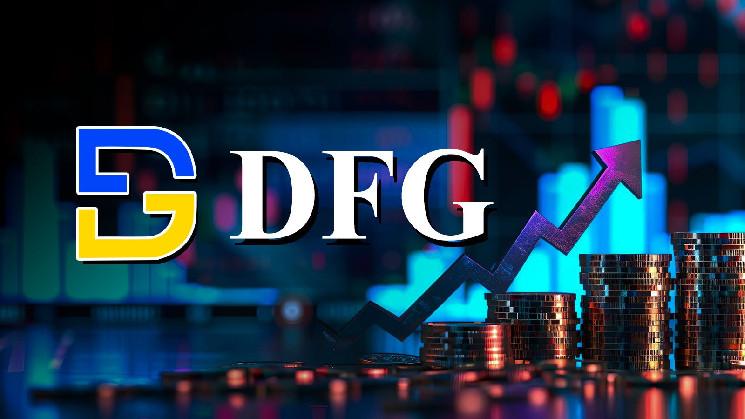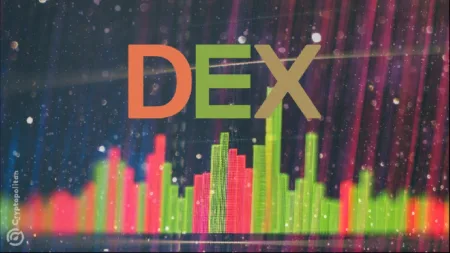As blockchain technology rapidly evolves, it is challenging to predict which innovations will endure, both practically and in terms of user engagement.
Many promising developments have failed to make a lasting impact due to various factors, but some breakthroughs do manage to gain meaningful traction.
One such innovation is restaking, an evolution in liquid staking, which addresses liquidity issues in DeFi by allowing users to “restake” ETH that has already been staked with Ethereum through Actively Validated Services (AVSs).
For those unfamiliar, an AVS is essentially a blockchain protocol that helps support scaling solutions on Ethereum.
Restaking was pioneered by EigenLayer, a protocol built on Ethereum that has seen roughly $16 billion in ETH deposits in a little over a year, according to CoinDesk.
Recently, DFG, a leading Web3 VC firm, published a report detailing the astronomical rise of restaking and how the sector’s surge has since expanded to include burgeoning fields like liquid restaking.
According to EigenLayer, staking helps to decentralize trust by enabling stakers to validate more networks with lower marginal costs. By utilizing staked ETH as cryptoeconomic security for non-Ethereum protocols, stakers both help bootstrap security in exchange for protocol fees and rewards, establishing their own proof-of-stake security systems.
DFG points out that the rise of restaking has also led to the emergence of liquid restaking, which combines the flexibility of liquid staking with the benefits of restaking, allowing stakers to receive liquidity tokens in exchange for their staked ETH.
These sectors have added to the breadth of capabilities across the DeFi ecosystem, allowing for new projects and use cases to flourish.
EigenLayer, for instance, focuses on ETH and its liquid variants, while Karak and Symbiotic offer broader asset support and customizable security options. Likewise, liquid restaking protocols like EtherFi, Renzo and Puffer all vary in their asset types and DeFi platform integrations, which reflects their market presence and utility alike.
However, restaking and liquid restaking are not without risks. Critics point to potential security and stability issues, particularly concerning liquidity restaking tokens (LRTs) and their vulnerability to ecosystem collapse if an asset is depegged or a slashing event occurs.
Despite these risks, the restaking ecosystem is expected to continue growing, with protocols like Symbiotic and Karak likely to gain further traction as they adapt to market demands and integrate new services.
While restaking presents exciting opportunities, it is important for investors to conduct thorough research and due diligence before engaging with these emerging trends.
Read the full article here









